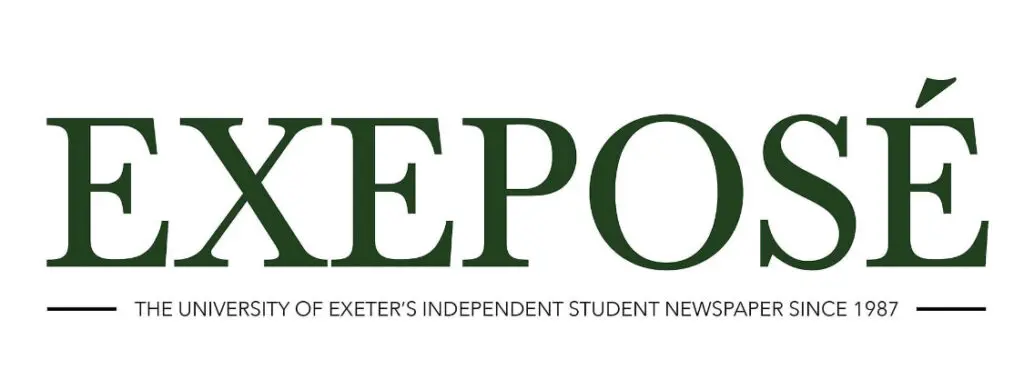A coyote walks off a cliff and does not fall. He continues walking forward through the air until he notices the lack of ground under him. It is then – and only then – that he falls. This gag is a classic trope of animation – and it is something that simply couldn’t be done without it.
Animation is so popular with some creators because it allows for the impossible. A safe falls on a cat and the cat comes out the door shaped like a cube, a sea sponge becomes best friends with a starfish and a squirrel, a pumpkin transforms into a horse drawn carriage right before your eyes. This new world of whimsical possibilities opened up new doors and, in the western world, generated two new genres of television and film: the fun and wacky world of children’s animation, always with a hidden meaning, and the grotesque gross-out humor of late night animation for adults.
Both of these modes of storytelling have merit. When done correctly they entertain audiences and make some money. But a new form has emerged in popular culture in recent years by the likes of Bojack Horseman and Rick and Morty.
The search for meaning hidden within children’s animation has crept its way into the hilarious and often-inappropriate hijinks of adult cartoons allowing for stories that can elicit laughter one moment and tears the next. This shift is one that is certainly possible in live action television and movies, but there is something special about animation that really aids in the blending of tragedy and comedy.
In a recent Exeposé article by Alex Wingrave, the writer stated of Bojack Horseman, “Its vicious, honest depiction of depression, existentialism and the human condition, juxtaposed with inventive visual puns and a world of talking animals make for a compelling and unique viewing experience.” This statement points to something that is true of many animated TV shows going down this road, in that the juxtaposition is so unique and surprising for audiences.
It’s the laughability of a dog named Mr. Peanutbutter that really allows the harder points to strike with such force. Audiences are made vulnerable by the medium once dedicated to young children and adults just looking for a laugh.
“animation allows audiences to digest complex themes while still feeling entertained”
Ever since the advent of Computer Generated Imagery (CGI), animation has become increasingly more human. Though its characters may still largely be made up of dragons, robots, and talking horses, the way in which the story is told has begun to mirror more closely that of live action. This is largely because CGI allows the storyteller to work with a “camera” of sorts, moving the frame around the characters rather than hand drawing the characters to fit the frame.
You can see this shift most clearly in film, where CGI usually means 3D. While hand drawn animation was painstaking and often quite stagnant, CGI allowed animators to explore much more complicated worlds and with them much more complicated stories. Though it may not be as apparent visually, this has translated into television as well. Though the visuals have remained similar in artistry, the stories have become deeper and more complex to match their feature length counterparts. Combine this with the adult audiences that are already there for animation, and you get the wonderfully dark and devastatingly hilarious world of Bojack Horseman, Rick and Morty, and many more.
In short, animation allows creators to use a visual form of storytelling to shine a light on deeper issues, helping audiences digest complex themes while still feeling entertained.



